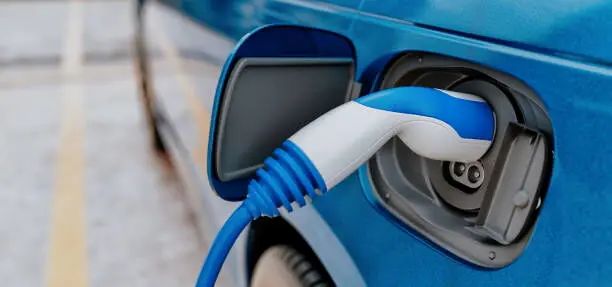


Why 3-Phase EV Chargers Are the Future of Fast and Efficient Charging
As electric vehicles (EVs) become mainstream, the need for faster and more efficient charging is critical. One solution gaining attention is the 3-phase EV charger, designed to deliver significantly more power than traditional single-phase systems. Commonly rated at 16A or 32A, these China EV Chargers can often fully recharge an EV in just 6 to 8 hours—a major benefit for both residential and commercial users.
Unlike single-phase power, which uses one alternating current, 3-phase power distributes electricity using three currents, each 120 degrees apart. This ensures a more stable and continuous power supply, ideal for energy-intensive applications like EV charging.
3-phase charging delivers more consistent energy flow, reducing heat buildup and improving overall efficiency. It’s widely used in industrial and commercial settings and is now making its way into residential installations—especially where fast, reliable charging is a priority.
| Feature | Single-Phase | Three-Phase |
|---|---|---|
| Power Output | 3.6 – 9.6 kW | Up to 22 kW |
| Charging Speed | 8–12 hours full charge | 6–8 hours or less |
| Wiring | 1 live wire | 3 live wires (balanced) |
| Typical Use | Homes | Homes, businesses, fleets |
The main advantage of 3-phase charging is speed and efficiency. With higher power throughput and balanced load distribution, it reduces strain on your electrical system while charging your EV faster.
While nearly all EVs can plug into a 3-phase AC charger, not all can take full advantage of its higher power. Some vehicles cap their onboard AC charging at 7.2 kW or 11 kW—even if the charger can deliver more. Always check your EV’s specifications to ensure compatibility.
Yes—if you have access to 3-phase power. In many European and Asian regions, residential 3-phase service is common. In North America, it’s typically limited to industrial zones, and upgrading may require utility coordination and a panel upgrade.
Steps to Install:
Confirm availability with your local utility.
Hire a licensed electrician to assess your system and handle the install.
Plan for possible upgrades to your breaker panel or wiring.
Factor in total cost, which may be higher than single-phase installs, but offers long-term gains in charging speed and energy efficiency.
Faster Charging: Up to 22 kW output slashes charging time for compatible vehicles.
Energy Efficiency: Balanced load reduces heat and minimizes energy loss.
Commercial Readiness: Perfect for apartment complexes, workplaces, and EV fleets.
Smart Features: Many models offer load balancing, scheduled charging, user access controls, and OCPP protocol support.
Future-Proofing: As battery sizes grow, 3-phase chargers ensure you’re ready.
Residential homes with 3-phase power for overnight charging.
Commercial buildings offering guest or employee charging.
Fleet operations needing fast turnaround for multiple vehicles.
Public stations in cities and parking facilities.
For EV owners looking to reduce charging times and increase efficiency, 3-phase EV chargers are a compelling choice. While installation may cost more upfront, the benefits—especially for multi-EV households or commercial applications—make it a smart long-term investment.
If your infrastructure supports it, a 3-phase charger can enhance your EV experience and prepare you for the next generation of electric mobility.Know more about Google SEO Directory
